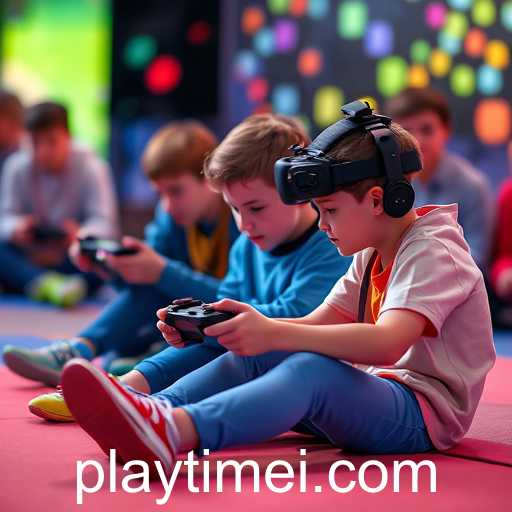In the ever-evolving landscape of digital interaction, the concept of 'play time' has undergone significant transformations. While traditionally associated with outdoor activities and physical games, play time now largely encompasses the realm of online gaming. This shift has been influenced by unprecedented advancements in technology, making gaming a favored pastime for individuals across all age groups.
With the proliferation of mobile devices and high-speed internet, accessibility to gaming has dramatically increased. Games are no longer confined to consoles or computers, as they can now be played virtually anywhere. This transition not only changes where we play but also how we interact socially, with gamers now forming global communities and friendships that transcend physical boundaries.
The COVID-19 pandemic accelerated this shift as quarantine measures limited outdoor activities, prompting a rise in gaming as a primary form of entertainment and social engagement. A global phenomenon was observed where gaming platforms such as PlayStation, Xbox, and online multiplayer games like Fortnite experienced unprecedented spikes in active users. These platforms provided an essential social outlet, combating isolation and enhancing community bonding.
Moreover, play time is increasingly recognized for its educational potential. Many games incorporate educational elements, teaching players valuable skills such as strategic thinking, problem-solving, and collaboration. Educational institutions have begun integrating game-based learning into their curricula, acknowledging the unique benefits it offers to engagement and learning outcomes.
However, the expansion of digital play time also raises concerns about screen time and its impact on young individuals. Excessive gaming can lead to issues such as reduced physical activity and potential social isolation if not balanced correctly. As such, experts emphasize the importance of moderating play time, advocating for a balanced approach that includes physical activity and other non-digital pastimes.
Looking ahead, the definition of play time continues to evolve, driven by innovations in virtual reality (VR) and augmented reality (AR). These technologies promise to merge physical and digital play spaces, offering immersive experiences that could redefine entertainment and education.
Significantly, as gaming continues to shape social, educational, and community dynamics, it remains a powerful medium for connection albeit in a digital form. Whether through cooperative gameplay, competitive arenas, or narrative explorations, gaming manifests as a crucial component of modern play time, continually challenging and enriching the ways we interact with one another and our environment.








